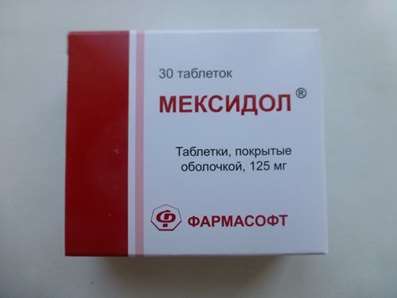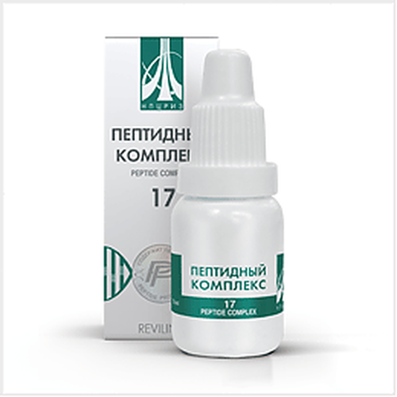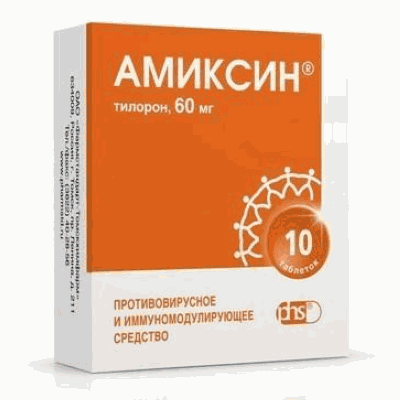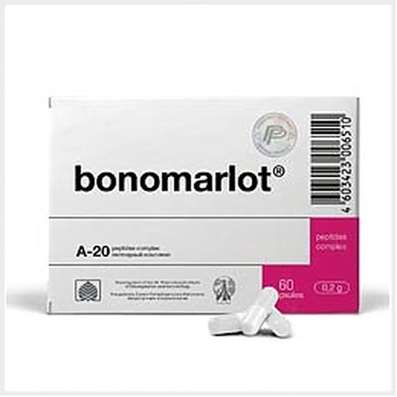Instruction for use: Tropicamidum
I want this, give me price
Active substance: Tropicamide
ATX Code
S01FA06 Tropicamide
Pharmacological group
M Cholinolytics
Ophthalmic agents
The nosological classification (ICD-10)
H30 Chorioretinal inflammation
Retinitis, Chorioretinitis, Central and peripheral chorioretinal dystrophy
H31 Other diseases of the choroid
H599 * Diagnosis / eye disease diagnostics
Angioscopy iris, Gonioscopy, Diagnosis in Ophthalmology, Differential diagnosis of the type of injection of the eyeball, A study of the fundus, A study of the fundus and lens, Control of the rear segment of the eye state, mydriasis, Examination of the retina during surgery, Examination of the retina after surgery, Definition of manifest refraction, Determination of refraction, Determination of refraction using skiascopy, Ophthalmic diagnostics, funduscopy, pupil dilation, Creation of mydriasis, Creating cycloplegic, Fluorescein angiography of retinal vessels, electroretinography
Z100 * CLASS XXII Surgical practice
Abdominal surgery, adenomectomy, Amputation, Coronary angioplasty, Angioplasty of the carotid arteries, Antiseptic skin treatment for wounds, Antiseptic Hand, Appendectomy, atherectomy, Balloon coronary angioplasty, Vaginal hysterectomy, The coronary bypass, Interventions in the vagina and cervix, Interventions on the bladder, Intervention in the mouth, Restoration and reconstructive surgery, Hand hygiene of medical personnel, Gynecologic surgery, Gynecological intervention, Gynecological surgery, Hypovolemic shock during operations, Disinfection of purulent wounds, Disinfection of wounds edges, Diagnostic intervention, Diagnostic procedures, Cervical Diathermocoagulation, Long-surgery, Replacing the fistula catheters, Infection in orthopedic surgery, Artificial heart valve, cystectomy, Short-term outpatient surgery, Short-term operation, Short surgical procedures, Krikotireotomiya, Blood loss during surgery, Bleeding during surgery and in the postoperative period, Kuldotsentez, laser photocoagulation, laser coagulation, retinal laser coagulation, Laparoscopy, Laparoscopy in Gynecology, CSF fistula, Small gynecological operations, Small surgical procedures, Mastectomy and subsequent plastic, mediastinotomy, Microsurgical operations on the ear, Mukogingivalnye operation, suturing, Minor surgery, neurosurgical operation, Immobilization of the eyeball in ophthalmic surgery, testectomy, pancreatectomy, Perikardektomiya, The period of rehabilitation after surgery, The period of, convalescence after surgery, Percutaneous transluminal coronary angioplasty, Pleural thoracentesis, Pneumonia postoperative and posttraumatic, Preparation for surgical procedures, Preparation for surgery, Preparation of the surgeon's hands before surgery, Preparation of the colon for surgical procedures, Postoperative aspiration pneumonia in neurosurgical and thoracic surgery, Postoperative nausea, Postoperative bleeding, postoperative granuloma, postoperative shock, The early postoperative period, myocardial revascularization, Radiectomy, gastric Resection, bowel resection, uterine Resection, liver Resection, enterectomy, Resection of part of the stomach, Reocclusion of the operated vessel, Bonding tissues during surgical procedures, Removal of sutures, Condition after eye surgery, Condition after surgery, Condition after surgery in the nasal cavity, Condition after gastrectomy, Status after resection of the small intestine, Condition after tonsillectomy, Condition after removal of the duodenum, Condition after phlebectomy, Vascular surgery, Splenectomy, Sterilization of surgical instruments, Sterilization of surgical instruments, sternotomy, Dental surgery, Dental intervention in periodontal tissues, strumectomy, Tonsillectomy, Thoracic surgery, total gastrectomy, Transdermal intravascular coronary angioplasty, Transurethral resection, Turbinektomiya, Removal of a tooth, cataract surgery, Removal of cysts, tonsillectomy, Removal of fibroids, Removing the mobile primary teeth, Removing polyps, Removing broken tooth, Removal of the uterus body, Removal of sutures, Urethrotomy, Fistula likvoroprovodyaschih ways, Frontoetmoidogaymorotomiya, Surgical infection, Surgical treatment of chronic limb ulcersm, Surgery, The surgery in the anal area, The surgery on the colon, Surgical practice, The surgical procedure, Surgical interventions, Surgery on the gastrointestinal tract, Surgical procedures on the urinary tract, Surgical procedures on the urinary system, Surgical intervention of the genitourinary system, Surgical procedures on the heart, Surgical manipulation, surgery, Surgery on the veins, Surgical intervention, Vascular surgery, Surgical treatment of thrombosis, cholecystectomy, Partial gastric resection, transabdominal hysterectomy, Percutaneous transluminal coronary angioplasty, Percutaneous transluminal angioplasty, Coronary artery bypass, tooth Extirpation, Extirpation of milk teeth, pulpectomy, pulsative cardiopulmonary bypass, tooth Extraction, teeth Extraction, cataract extraction, Electrocoagulation, endourological intervention, episiotomy, Etmoidotomiya, Complications after tooth extraction
Z96.8 Presence of other specified functional implants
Structure and Composition
Eye drops 1 ml
Tropicamide 5 mg\ 10 mg
Auxiliary substances: sodium chloride - 7 mg; Disodium ethylenediaminetetraacetate - 0.5 mg; Benzalkonium chloride 50% - 0.2 mg; Acid hydrochloric 10% - up to a pH of about 5; Water for injection - up to 1 ml
In polyethylene bottles of 5 ml; In the box 1 or 2 bottles.
pharmachologic effect
Pharmacological action - holinoliticheskoe, mydriatic.
It blocks m-holinoretseptory, causes mydriasis and paralysis of accommodation. In comparison with atropine, the medial effect of the drug and the paralysis of accommodation caused by them is much shorter. It has less influence on intraocular pressure, but its increase during application of the drug is possible, which should be taken into account in patients with closed-angle glaucoma.
Pharmacodynamics
The mydriasis develops 5-10 min after instillation and reaches a maximum of 15-20 min. The dilatation of the pupil is maintained for 1 hour (when using 0.5% solution) and 2 hours (when using 1% solution). The maximum paralysis of accommodation after a 2-fold instillation of 1% solution, on average, occurs after 25 minutes and persists for 30 minutes. Complete suppression of paralysis of accommodation occurs in 3 hours.
Absorbed in the systemic bloodstream, resulting in the development of systemic side effects (most often observed in infants and young children and the elderly).
Indications
Investigation of the fundus and lens, the definition of refraction; Surgical practice (extraction of cataract, operations on the retina and vitreous body, laser coagulation of the retina); Inflammatory diseases of the eyes, prevention of development of synechia in the postoperative period (as part of complex therapy).
Contraindications
Hypersensitivity, glaucoma (closed-angle and mixed primary).
pregnancy andlactation
Perhaps, if the expected effect of therapy exceeds the potential risk to the fetus.
Side effects
Local reactions: disruption of accommodation, decreased visual acuity, increased ophthalmotonus, development of an acute attack of closed-angle glaucoma, allergic reactions.
Systemic reactions: anxiety, agitation, dry mouth, dysuria, hyperthermia, tachycardia.
Interaction
Strengthens the anticholinergic effect of antihistamines, tri- and tetracyclic antidepressants, procainamide, quinidine, MAO inhibitors.
With the simultaneous use of sympathomimetics, the paralysis of accommodation caused by Tropicamide is enhanced, parasympathomimetics are weakened.
Simultaneous use with nitrates, nitrites, disopyramide, haloperidol increases the increase in intraocular pressure in patients with a narrow angle of the anterior chamber of the eye.
Dosing and Administration
Conjunctively, lightly pressing the area of the lacrimal sac for several minutes (to reduce the absorption of the drug).
For diagnostic dilatation of the pupil: 1 drop of 1% or 2 drops of 0.5% solution (within 5 minutes), ophthalmoscopy is carried out after 10 minutes. If the effect is insufficient, simultaneous use with phenylephrine is possible.
To determine the refraction: instilled 6 times with an interval of 6-12 minutes. The study is conducted 25-50 minutes after the onset of paralysis of accommodation.
For children, incl. Thoracic, - only in the form of 0.5% solution. Preterm infants should dilute the solution in a ratio of 1: 1 isotonic sodium chloride solution (to prevent the development of systemic effects - micturition, defecation, tachycardia).
For therapeutic purposes, the dosage is determined by the physician individually.
Overdose
Symptoms: when ingestion - dry skin and mucous membranes, tachycardia, dilated pupils, agitation, convulsions; At high doses - coma, respiratory paralysis.
Treatment: gastric lavage, the appointment of activated charcoal, intravenous injection of 1-2 mg physostigmine (after 1 hour - repeatedly); With convulsions - iv injection of 10-20 mg of diazepam; When hyperthermia manifests, the use of physical methods of cooling.
Precautionary measures
Before use, remove contact lenses. You can use them 30 minutes after instillation. Do not use during the work of drivers of vehicles in the evening and at night (may reduce visual acuity).
storage conditions
In the dark place at a temperature of 15-25 ° C.
Keep out of the reach of children.
Shelf life
3 years.
Do not use after the expiry date printed on the package.

 Cart
Cart





